Street residents pull together to cope with Covid and accidentally become one big happy family
The pandemic has brought us to our knees but certain neighbourhoods have discovered what can only be described as a Covid silver lining and built friendships that will last for life.

Home
Don't miss out on the headlines from Home. Followed categories will be added to My News.
The sense of being part of a community fills a universal desire to belong to somewhere, something, someone.
In Part Three of our series At Home in 2022, we examine The New Community. Historically, it started as a matter of survival; people needed help with finishing the harvest, fighting the fires, birthing the babies.

But as we grew smarter, richer and more industrialised, along came an independence that encouraged us to shut our (very much nearer) front doors. Glance back mere decades and we see small changes that made a big difference to ‘local community’. The daily walk to the corner shop for the morning paper and a bottle (an actual glass bottle) of milk was what sociologists call a visit to a ‘third place’, home and work being the first and second places where community building also takes place. The ‘accidental encounter’ happens in that ‘third place’, and is a vital cog in community creation. We saw familiar faces and exchanged stories with people who shared the common experience of living ‘just down the road’.
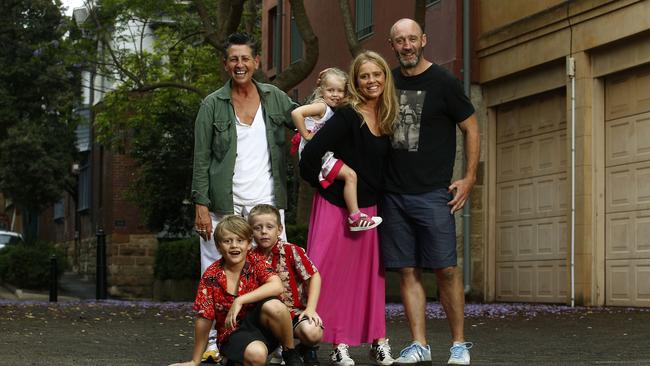
Now we get behind the wheel and drive to the mall, because corner shops are not to be found in suburbia where 80 per cent of Australians now live. Add to all that a terrifying, global pandemic and suddenly all three ‘places’ become just one. For many this experience has been the trigger to re-examine our relationship with our nearby community – however that may be defined.
Dr Peter Walters is an urban sociologist and senior lecturer at the University of Queensland.
“Community is difficult to define,” says Dr Walters. “Objectively it is a group of people with a common purpose.” Community, virtual or actual, is something that the doctor believes people crave.
It can be shaped by a place or interest determined, or simply need based. It takes just one person with even the most rudimentary computer skills, or basic creativity to reach out into the world beyond their island.
“Almost always,” says Dr Walters, “there are one or two pioneers who get things going. The Facebook communities can be very active. It’s a good medium for help and advice, and for the most part you are talking with locals in your community.”

In the Covid lockdown era, while we were forced to stay apart, community groups have managed to keep us together.
Ringleaders became creative, whether it was online advice, or socially-distanced Friday night drinks in, or indeed on, the street. BYO deckchairs. For so many it was a way to find what we had lost; a sense of ‘belonging’.
Many found joy in a new interest – from growing vegetables for communal consumption to filling walls with joyful photographs of faces, who soon became friends. Without doubt it has not been so for all Australians.
A new national survey, Evolution of the Home, reveals one in five Australians have or will re-evaluate where they live as a result of the pandemic.
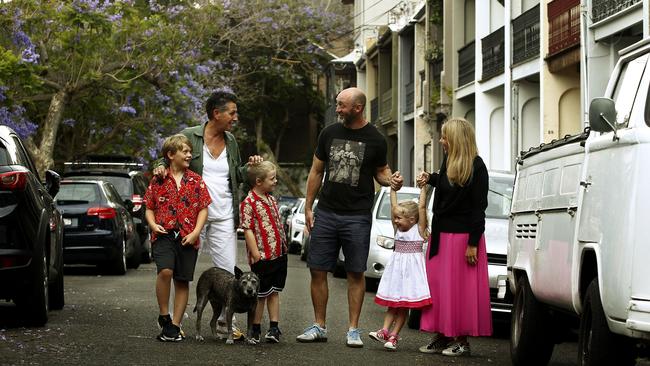
Fifty per cent of people aiming to move want to change suburbs while 26 per cent hope to move to a different city in the same state. Fifteen per cent want to live in another state and nine per cent wish to move overseas.
Communities that spontaneously form are, according to Dr Walters, the ones most likely to endure.
He says community groups which are locally authored, with genuine roots, have the best outcomes with a greater ‘buy in’ from members.
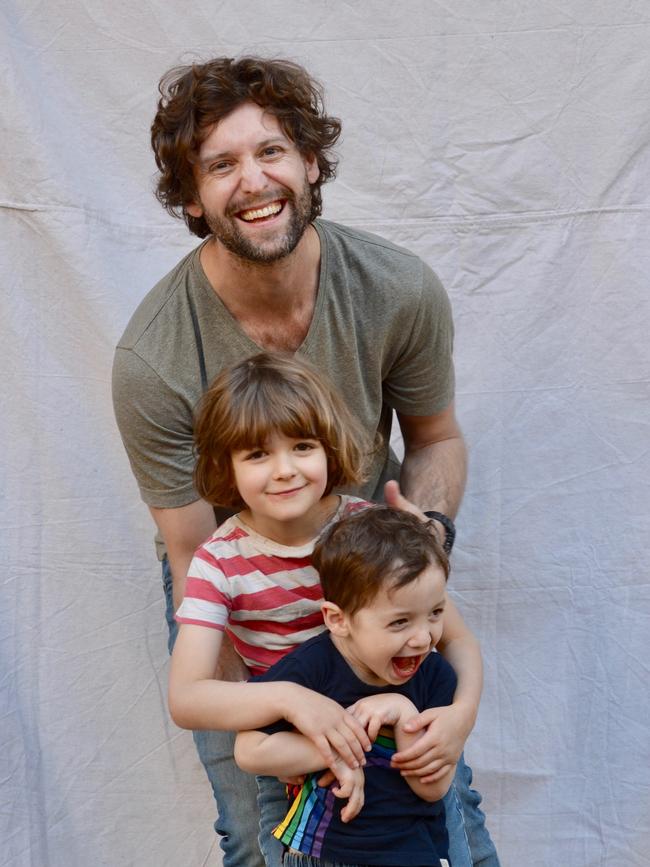
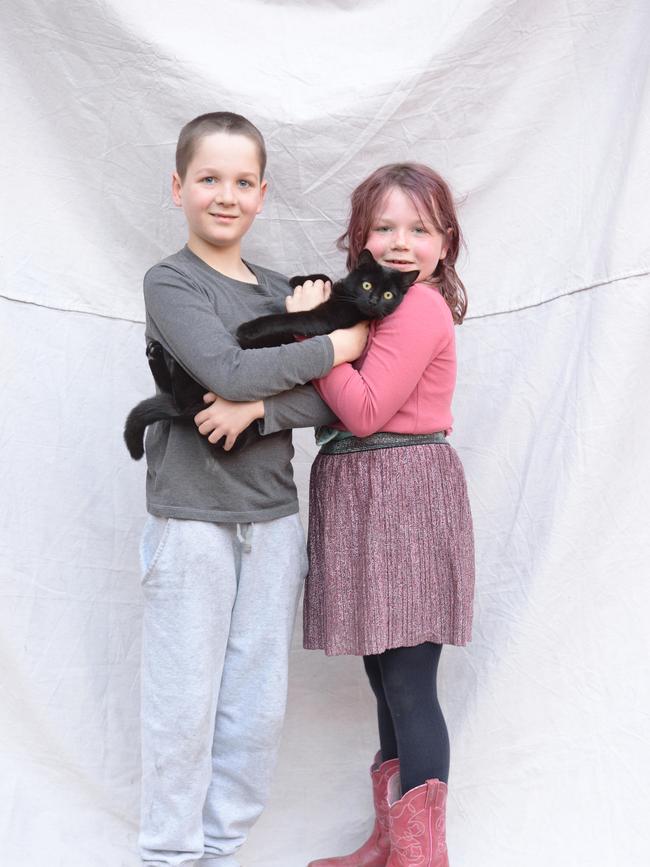
Will we stay this way? Will our new-found friendships sustain and thrive beyond the time of masks and inoculations?
Dr Walters believes will be conducting research to find out.
But for those who have found our spot in a community, the concept has already been proven.
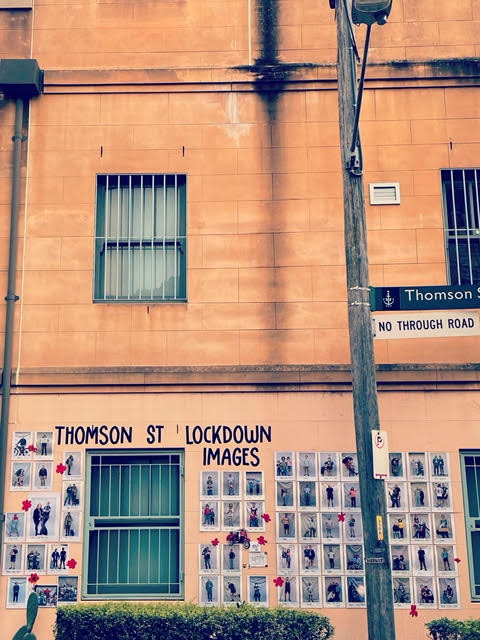
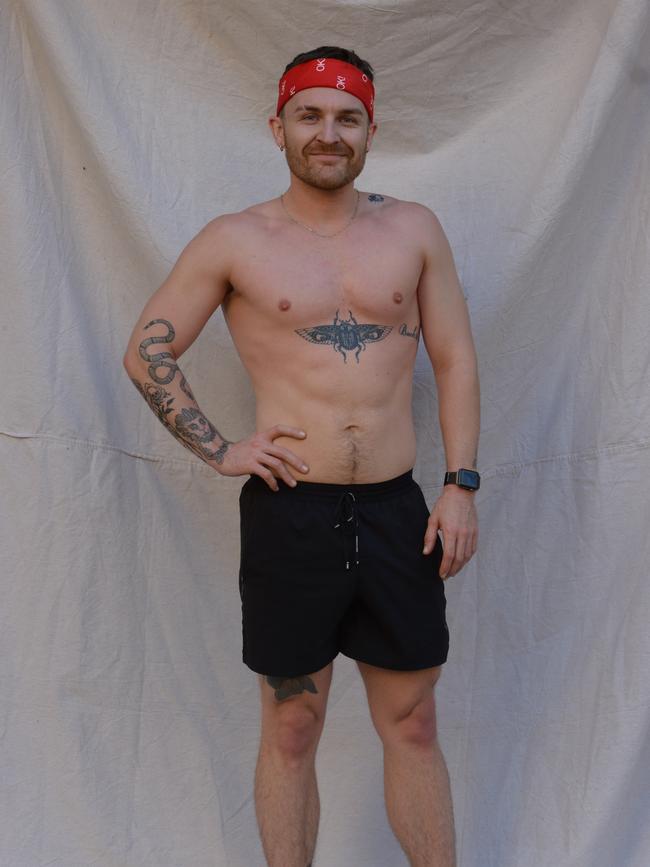
COVID CHANGED OUR COMMUNITIES FOREVER
It started with a birthday present.
Michele Morrin, a successful stylist/stills photographer has lived in her inner-city home for eight years, but was a visitor to the street for 20 years before that.
“There are only three or so originals left here now,” says Michele.
“It has become more gentrified over the years. I think people tended not to get too involved with each other before this.”
As a rule, residents of the street were polite and said ‘hi’ as they passed by, but it was the pandemic that forever changed relationships on Thomson Street.

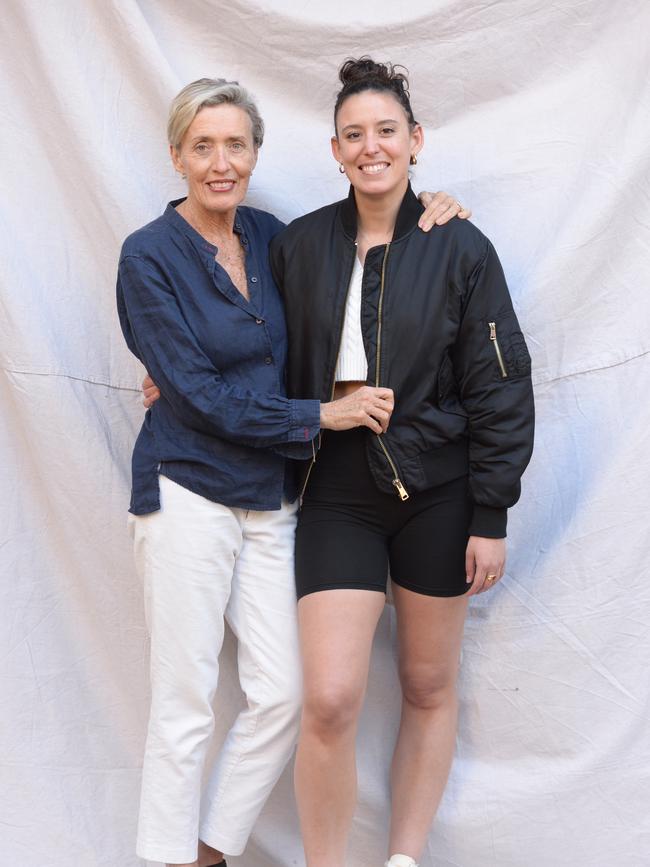
Shopping for a birthday present for her friend Emily Lamb during lockdown was tricky for Michele. So she thought it was time to get creative. “I wanted to do a surprise photograph of Emily’s kids as a birthday present for her,” says Michele of her ‘across the way’ neighbour.
“You know people were feeling a bit miserable during lockdown, and doing the picture was such fun,” remembers Michele, who shot the image out on the street.
Soon other children were after their turn, and the whole thing snowballed to a project open to all the residents of the street.
“Then we started laminating them – Emily’s a teacher so she had a laminator.
“Then I had a sign made, and Mike (Emily’s husband) hung the sign on the wall, and up went the pictures.


“Everyone was excited to see themselves. Suddenly we all knew each other,” says Michelle. “It was fantastic.” The photo wall project broke the ice between those living in the street.
“We really began hanging out in the street then – keeping socially distant and all that, but we’d talk and meet up out there.”
Michelle, with a true sense of inclusiveness, had one more person she needed to complete her wall – the local postie.
“So one day I got a hold of him and put it to him – to be part of the wall, and he said ‘I thought you’d never ask!’.”
Word soon spread around the area of the ‘great wall with all the faces on it’, and people walked by and stood and looked and experienced how joyful, how important and how beautiful a community could actually be.


